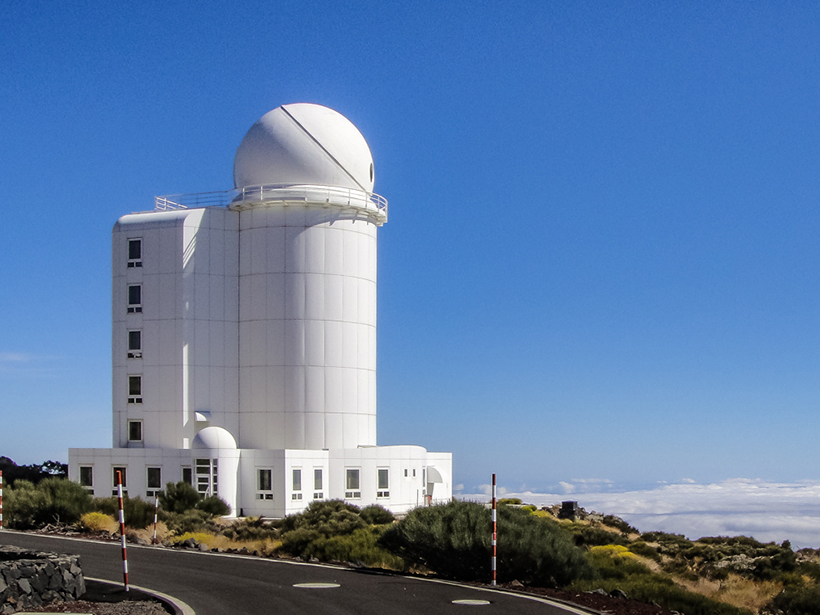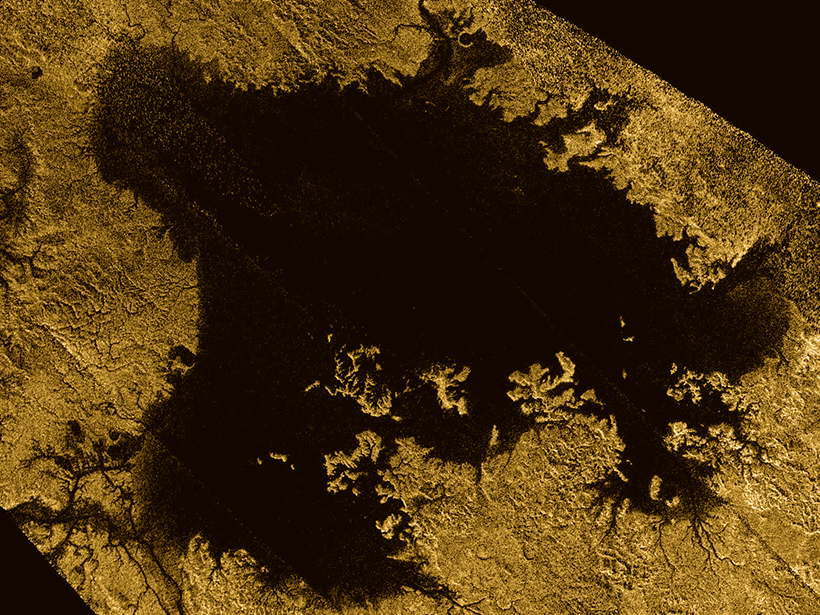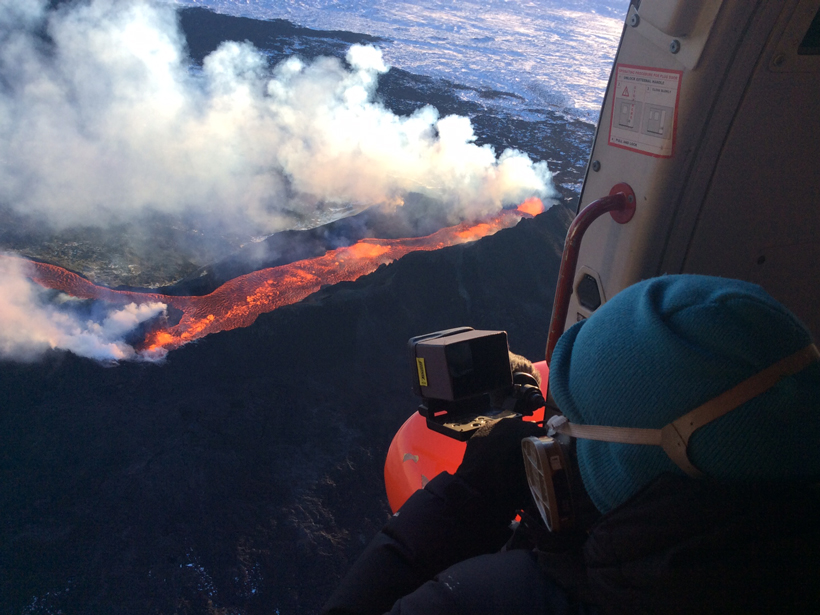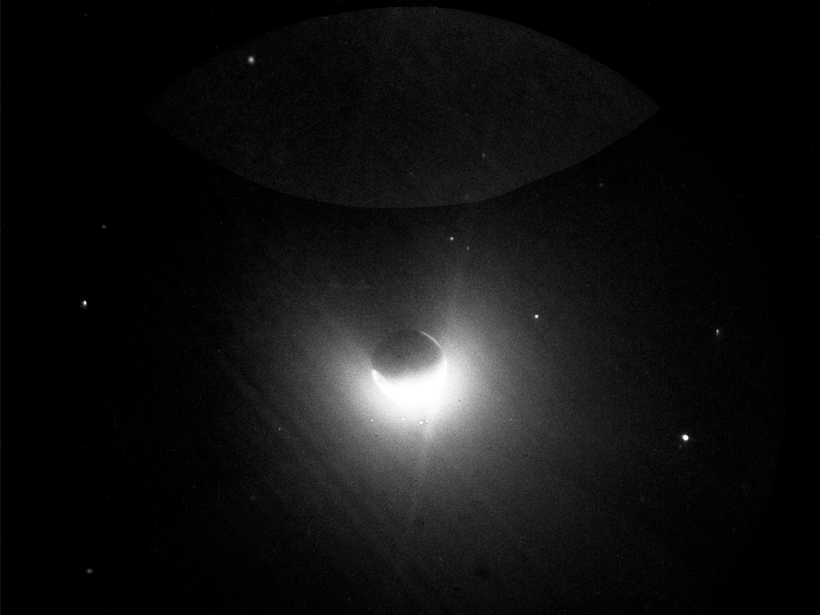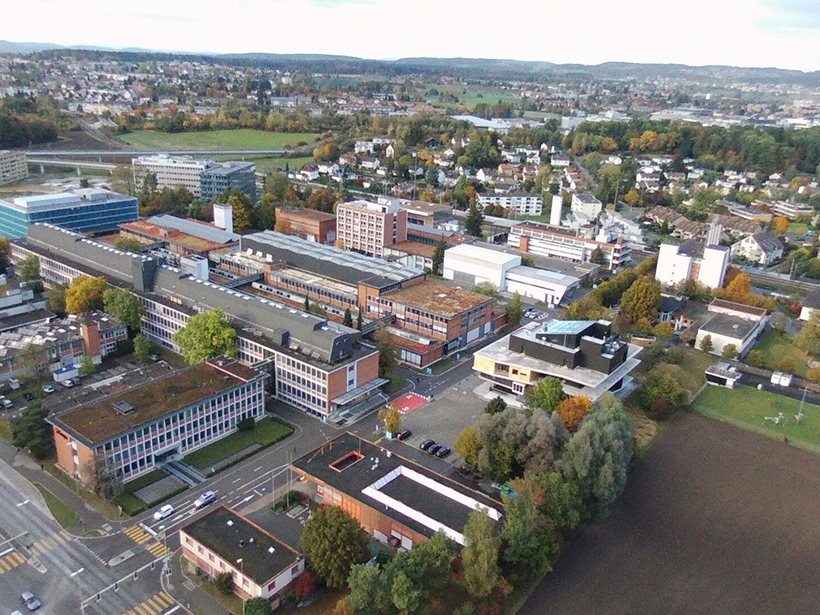Researchers make the first short-term observation of sodium flares in Mercury’s exosphere.
everything atmospheric
Tracking Meteor Trails to Study the Mesosphere
Twelve years of radar data reveal new phenomena in Earth’s upper atmosphere.
O. Walter Lennartsson (1943–2017)
A pioneering leader in unraveling the complex plasma interactions that drive the dynamics of Earth’s magnetosphere and other space plasma environments.
Could a Newfound Molecule on Titan Be a Building Block for Life?
The discovery of vinyl cyanide in the atmosphere of Saturn’s moon Titan has huge implications for life—but not as we know it.
Tiny Particles with Big Impact on Global Climate
A recent paper in Reviews of Geophysics suggests that new understandings of secondary organic aerosol may require a rethinking of atmospheric chemistry-climate models.
Volcano’s Toxic Plume Returns as Stealth Hazard
During a closely watched eruption, plumes of harmful sulfur dioxide gas morphed into “plumerangs” of sulfuric-acid-rich aerosols that descended on populated parts of Iceland.
Testing Models of Near-Space Electrical Currents
Modeling Earth’s near-space environment and its electrical currents is challenging. A new study compares how four different models stack up against observations.
How Geomagnetic Storms Light Up the Geocorona
After geomagnetic storms, Earth’s corona abruptly increases in hydrogen density. For the first time, serendipitous observations have allowed researchers to investigate why.
New Technique Could Help Scientists Track Nitrous Oxide Sources
A long-term study in Switzerland reveals the promise of a new method to determine isotopic composition of the potent greenhouse gas.
Uncovering the Hidden Secrets of Water Vapor
A recent paper in Reviews of Geophysics describes how water vapor isotopic measurements and modeling can improve our understanding of the Earth’s water cycle.

